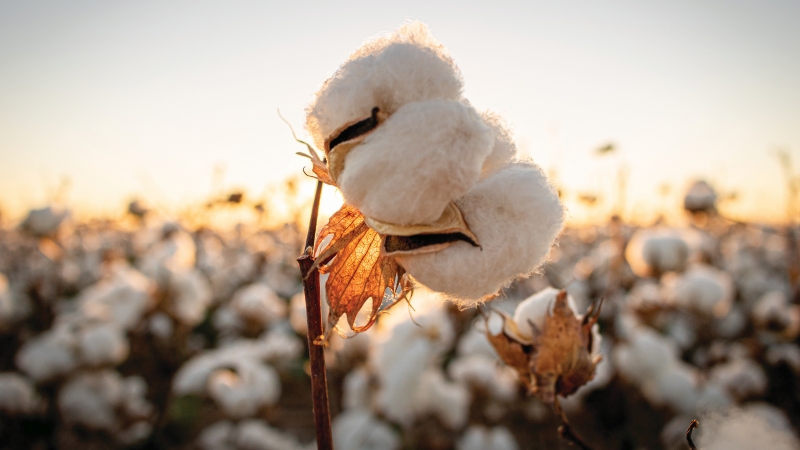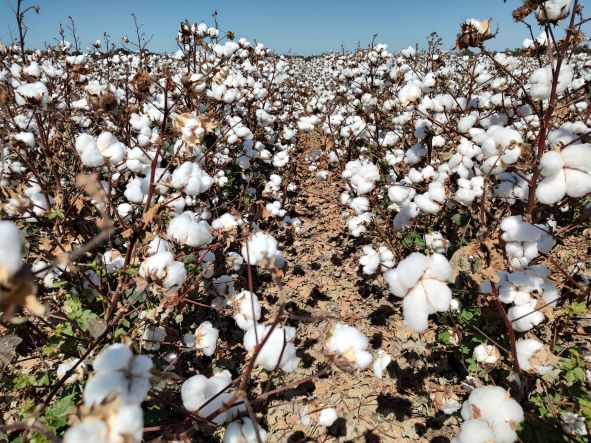Indian Commerce Group Says Textile Competition is Stiff in the U.S.
While Indian textiles and apparel exports to the United States and European Union slowed down at almost the same rate in 2009, competition seems to be harder for Indian textile exporters in the U.S. market as compared to the EU market, noted the Federation of Indian Chambers of Commerce & Industry (FICCI) in its analysis on textiles and apparel exports to the EU and U.S.
In addition to China, countries like Indonesia, Vietnam and Bangladesh have managed to perform better, despite the recession, than India in the U.S. market in 2009, according to FICCI analysis. FICCI analysis noted that India’s exports of textiles and apparel witnessed a negative growth of around 11 percent to both the U.S. and EU in 2009, but still managed to increase its share by 0.17 percent in both markets. However, FICCI observed that in the U.S. market, imports of textiles from countries like Indonesia, Vietnam and Bangladesh witnessed smaller decline than India.
Also, these countries have seen a slightly higher increase in their shares in U.S. textiles and clothing market in the recession year 2009 over 2008, pointed out FICCI. The shares of Bangladesh, Indonesia, Vietnam and China increased by 0.5, 0.4, 0.67 and 4.3 percentage points, respectively, in U.S. imports in 2009 as compared to 0.17 percentage points for India. In fact, in 2009, Vietnam managed to surpass India in terms of share in U.S. imports of textiles and apparels. The EU and U.S. are the major destinations of India textiles and together account for around two-thirds of India’s textiles and apparel exports.
Also, FICCI observed that in the last five years, i.e., from 2004-09, India’s textiles and apparel exports to the U.S. grew by 4.2 percent per annum whereas those of China, Vietnam, Indonesia and Bangladesh witnessed growth of 15.3, 14.5, 8.9 and 11.5 percent, respectively.
In the EU market, while Bangladesh witnessed a positive growth of 3.6 percent in its exports of apparels, countries like China, Turkey and India, which are the other major suppliers to the EU market, experienced negative growth in their exports of apparels in 2009, noted FICCI. India’s share in the EU market of apparel increased from 6.8 to 7.2 percent, while that of Bangladesh increased from 7.5 to 8.9 percent. While China’s share in EU’s apparel imports from third countries increased from 42.7 to 44.7 percent, that of Turkey fell slightly from 12.7 to 12.2 percent.
In textiles, India’s exports to the EU witnessed higher fall than that from countries like China, Turkey and Pakistan. India’s textiles exports to EU fell by 15.7 percent as compared to 12.9, 15.3 and 9.8 percent falls witnessed by China, Turkey, and Pakistan’s textiles exports, respectively, to the EU in 2009 as compared to 2008, noted FICCI. Pakistan’s share in the EU textile market increased slightly, but the share of India, China and Turkey decreased in 2009 vis-a-vis 2008.
Also, FICCI analysis observed that in 2005 the share of Bangladesh in EU’s imports of apparels was almost equal to that of India (around 6.2 percent). In 2008, the share of Bangladesh was 7.5 percent and India’s share was 6.8 percent in EU’s imports of apparels, a difference of 0.7 percentage points. But in 2009, this gap has further widened with the share of Bangladesh being 8.9 percent and that of India 7.2 percent, a difference of 1.7 percentage points, noted FICCI.
Source: Federation of Indian Chambers of Commerce & Industry Press Release









